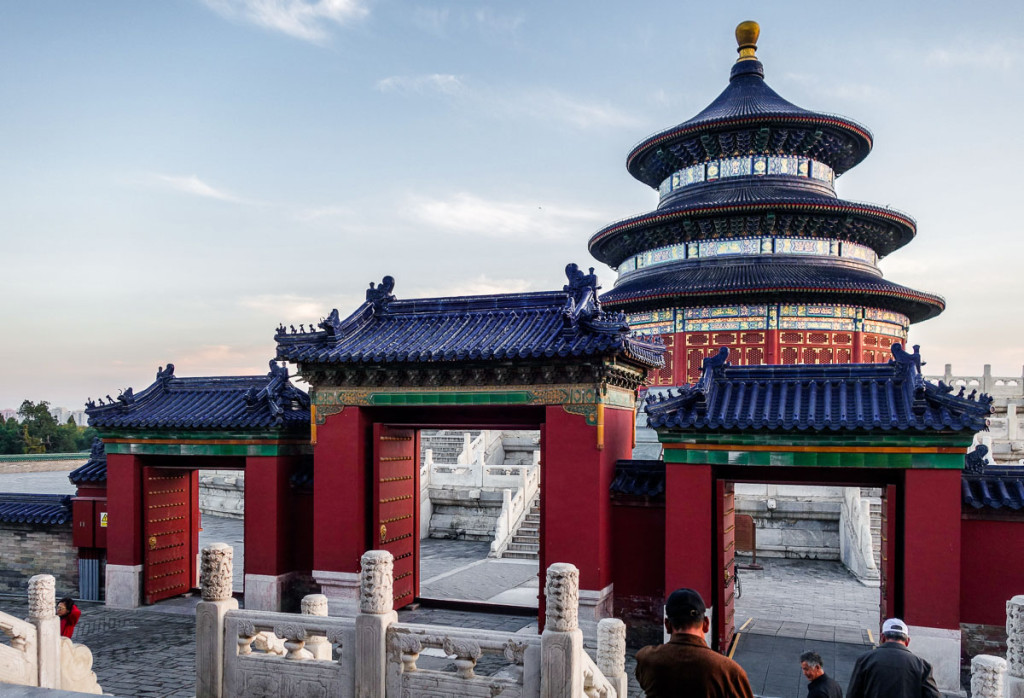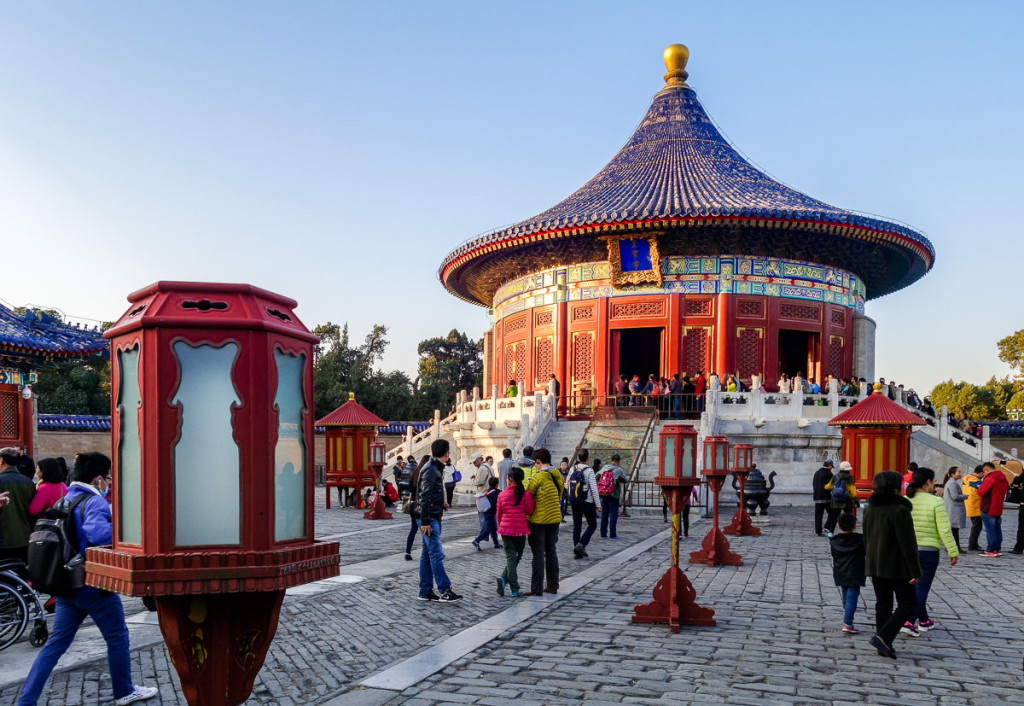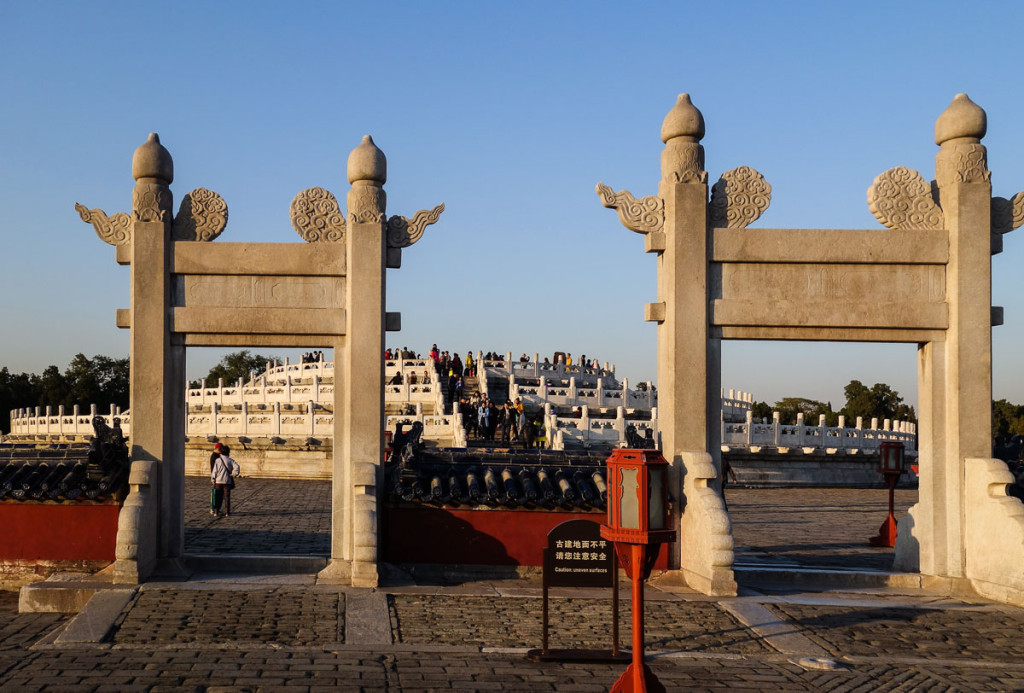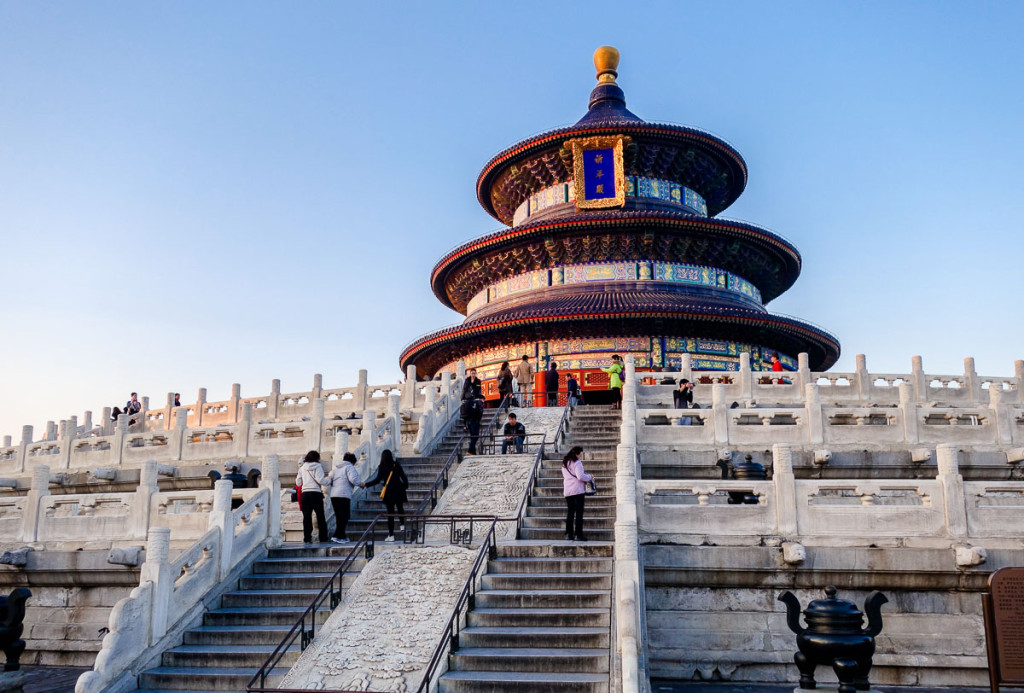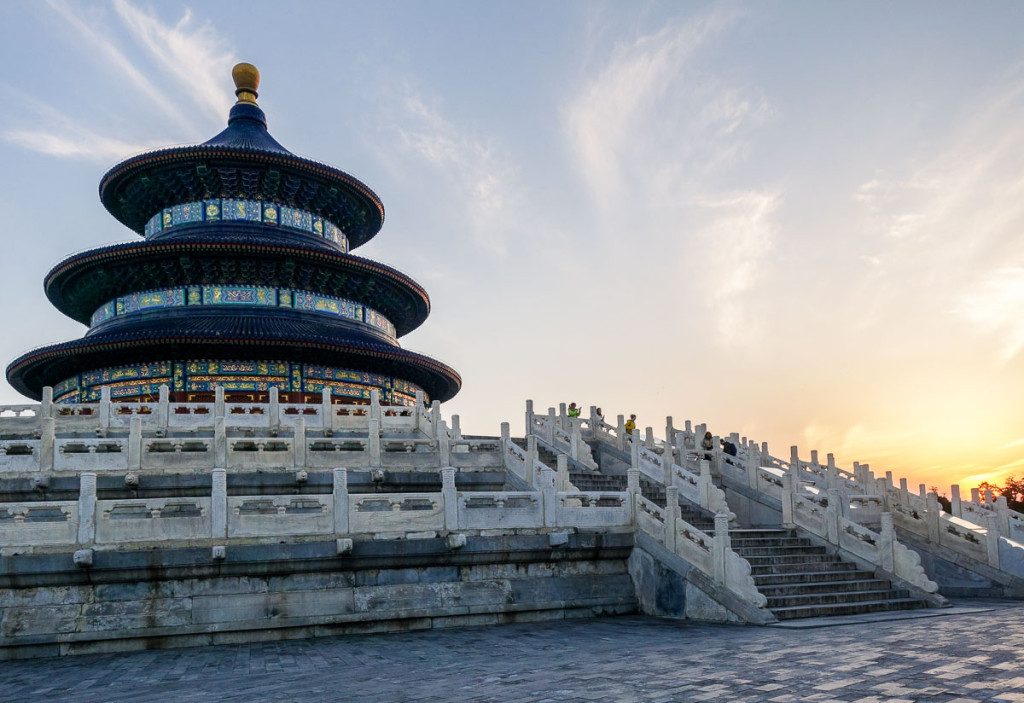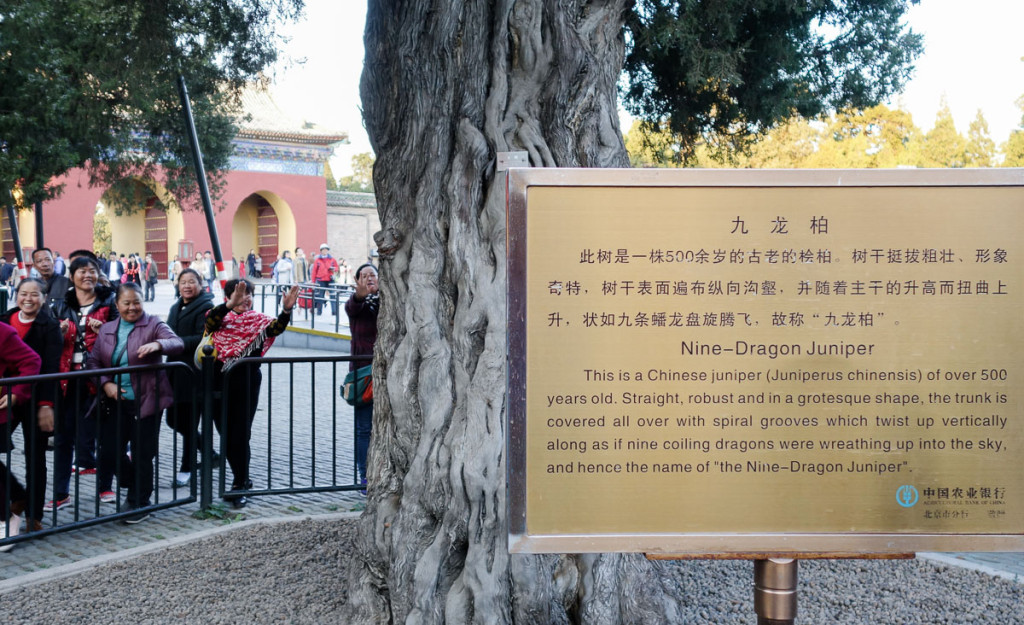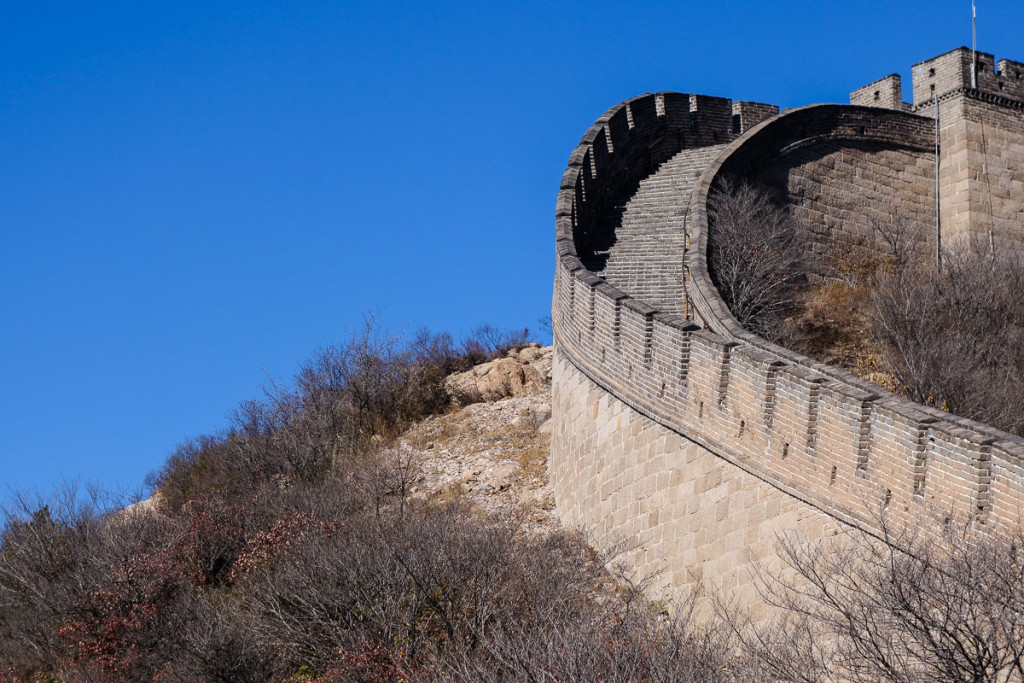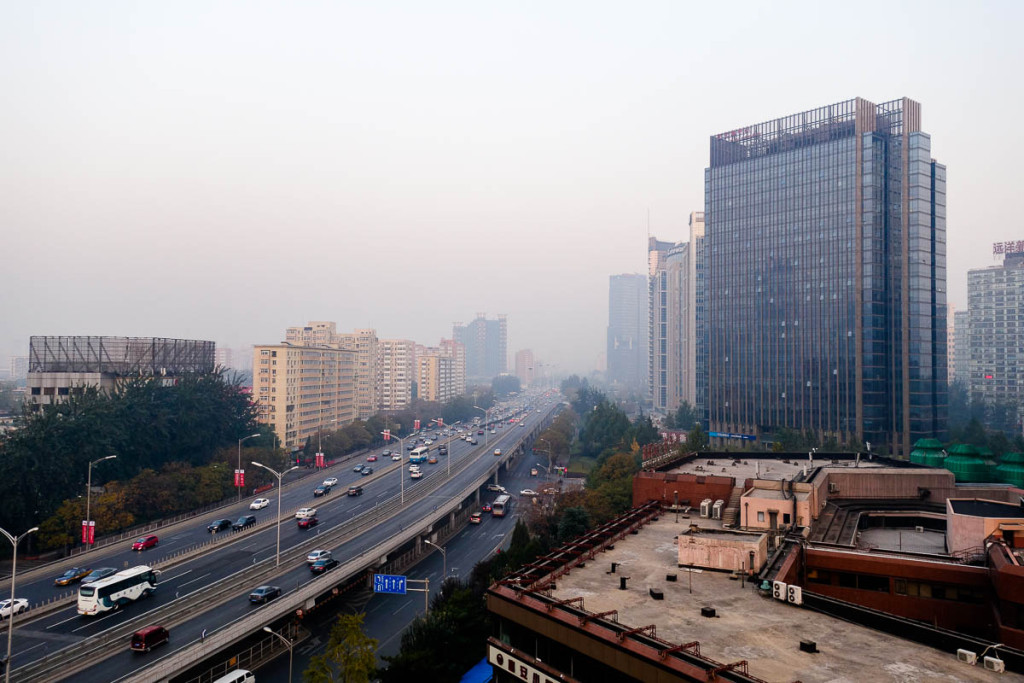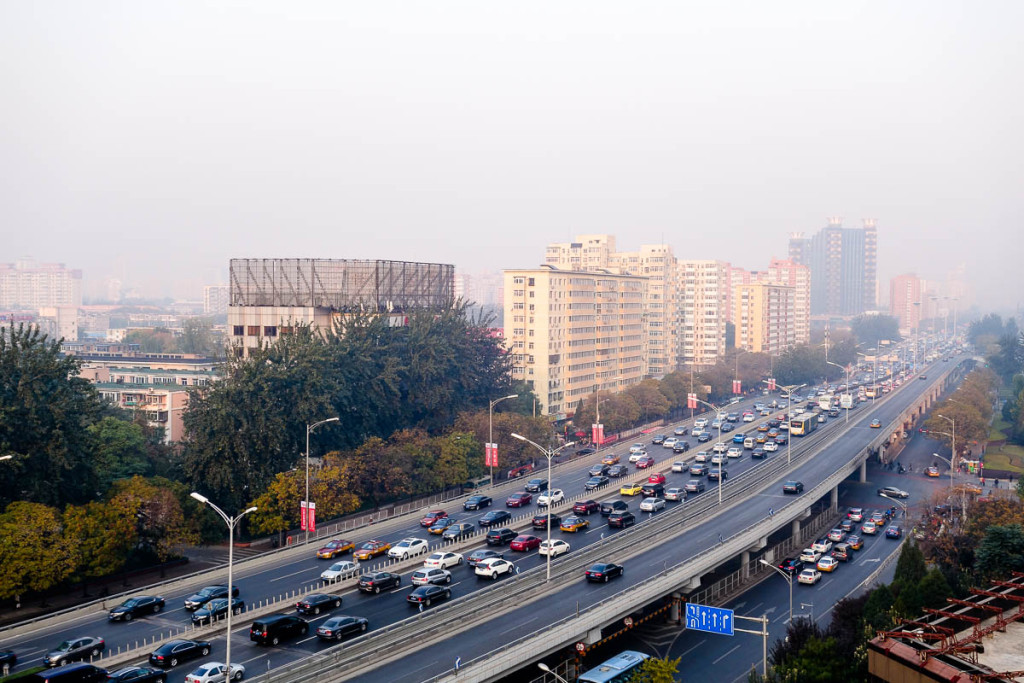November 7, 2015
Sight-see-ing – in Bei-jing.
A couple of months ago I brought up the topic of tourist attractions and other notable holiday occurrences in and around Beijing: Beijing Temples, the Summer Palace, and a military parade.
Well, it just so happens there’s a whole load more of such touristic delights; so many you could spend weeks taking them all in. Ok, I rarely ever have weeks to spare (unless we’re talking Kamchatka:), but at least I am able to fit tourism in between business meetings – which is just what I did recently in the Chinese capital, where I was staying for the second time in as many months. I got the chance to inspect some well-known, and also not so well-known places. Check them out:
1. The Temple of Heaven. A temple complex of astonishing beauty (as are many in the East). Its size is grandly grandiose (even by Beijing standards), the air’s easy to breathe, and it’s most pleasant to walk around. The air’s especially clean on those rare days when a northerly wind blows across Beijing (as happened when we were there): all the pollution and smog is blown away from the metropolis (hate to think where:), leaving the sky crystal clear and blue.
https://instagram.com/p/9snpEKOiRE/
2. We did the obligatory evening stroll around the center of the city to take in various interesting spots – including the inevitable Tiananmen Square.
Btw, check out this uber-advertisement I saw through my hotel room window. Look closely: it’s huge, taking up the whole space of the end of a multistory building. Impressive. Militaristic. I’d say patriotic too. Its images change every few seconds. Click the arrows for three of them:
3. The ultimate inevitable…: the Great Wall of China. Driving there from Beijing takes from 1.5 to three hours depending on traffic. But ooohhh how it’s worth that bothersome drive. Once you get there you want to see it all! Not realistic as it’s thousands of kilometers long, but still. Up you climb, down you stroll, up again, down again on steps or polished cobbles, forever snapping away…
By the way, there were no crowds! In fact, no one at all! Look:
Just kidding. In the photo, that part of the wall is closed to tourists. Everywhere else it can get quite crowded, but at least it wasn’t as bad as on Chinese public holidays (which I personally did not witness; just saw photos: such days represent VERY unwise timing for coming here).
A phenomenally grandiose structure. Alas, only a small part is open to the public. The older generation of Chinese talk about the time when schoolchildren would take hikes along the wall lasting days. I’m most jealous.
The wall twists and turns like a long grey snake – no, dragon! – along the ridges of the mountains and then disappears somewhere over the horizon into invisible landscapes. A man-made dragon! Among peaks and valleys, surrounded by autumn colors. Magical!
https://instagram.com/p/9ndpZTOif1/
However, in some places the wall’s not always safe: it can get very steep, and in those places you sometimes have to crawl (or slide). On the steep inclines it’s possible to slip, even when wearing hiking boots, so the risk to your physical health is quite real. Thankfully there are railings. Up, down, up, down… of course that’s how its gonna be: the design and structure follow the unevenness of the mountains. That’s just how it is.
Before leaving, one simply has to feed the cute beggar-bears! They’re nothing like Kamchatka bears… not a single bit. Must have different bear-ancestry :).
The Great Wall of China is a place you must visit to reward your senses and boost your emotional well-being. An absurdly awesome beautiful – man-made – place! Simply fantastic!
The last time I was here was in 2005, also in November. Since then I’ve aged 10 years, but the wall didn’t change one bit. Neither did the bears.
4. How can you be in Beijing and not get to see the famous Beijing smog? Sure, it’s hardly a tourist attraction, and closer to a catastrophe, but it does at least give all the other people in the world a reason to cherish their local ecology.
It’s true that there’s practically always smog in Beijing. And it’s the same just about all over China as well. Exceptions are the steppes and deserts in the north, the mountains in the west, and the sea-wind-swept regions of Hainan and Hong Kong. The climate here is hot and humid – all year round, and the same goes for the pollution from industry and transportation. I’ve always been curious: exactly how much smog and humidity is there in the Chinese air?
Apparently, cold, dry air sometimes blows down from the north – from the direction of Inner Mongolia, blowing the dirty air above Beijing away from the city. It did this the weekend we were there, and the result was just astonishing: clear blue skies and more or less clean air. Come Monday the wind had weakened quite a bit so the air situation was a little worse, but come Tuesday it looked like this:
Light blue skies indicate that there’s no natural moisture in the air – only synthetic smog. Flying in from Moscow on Monday, a colleague commented that, “when I left the airplane, I had this feeling that somebody was smoking right next to me.” Indeed, this is the tragedy of Beijing’s ecology.
Fast forward, and this is how Tokyo looks in the evening. Clean air, and a clear view of the distant mountains on the horizon!
And so ends this short story from the series ‘How I spent my weekend’.
The rest of the photos from Beijing (and nearby) are here.

